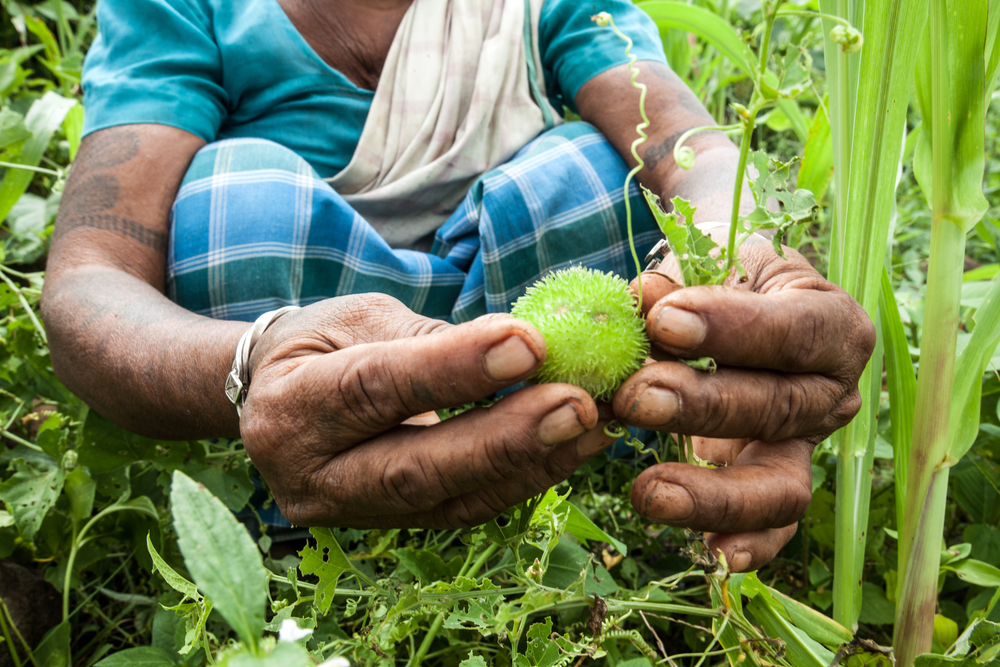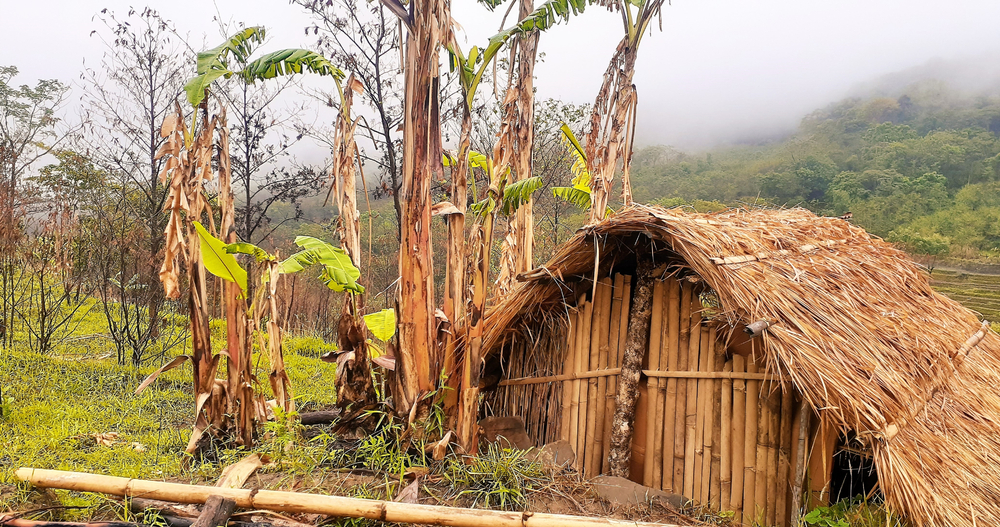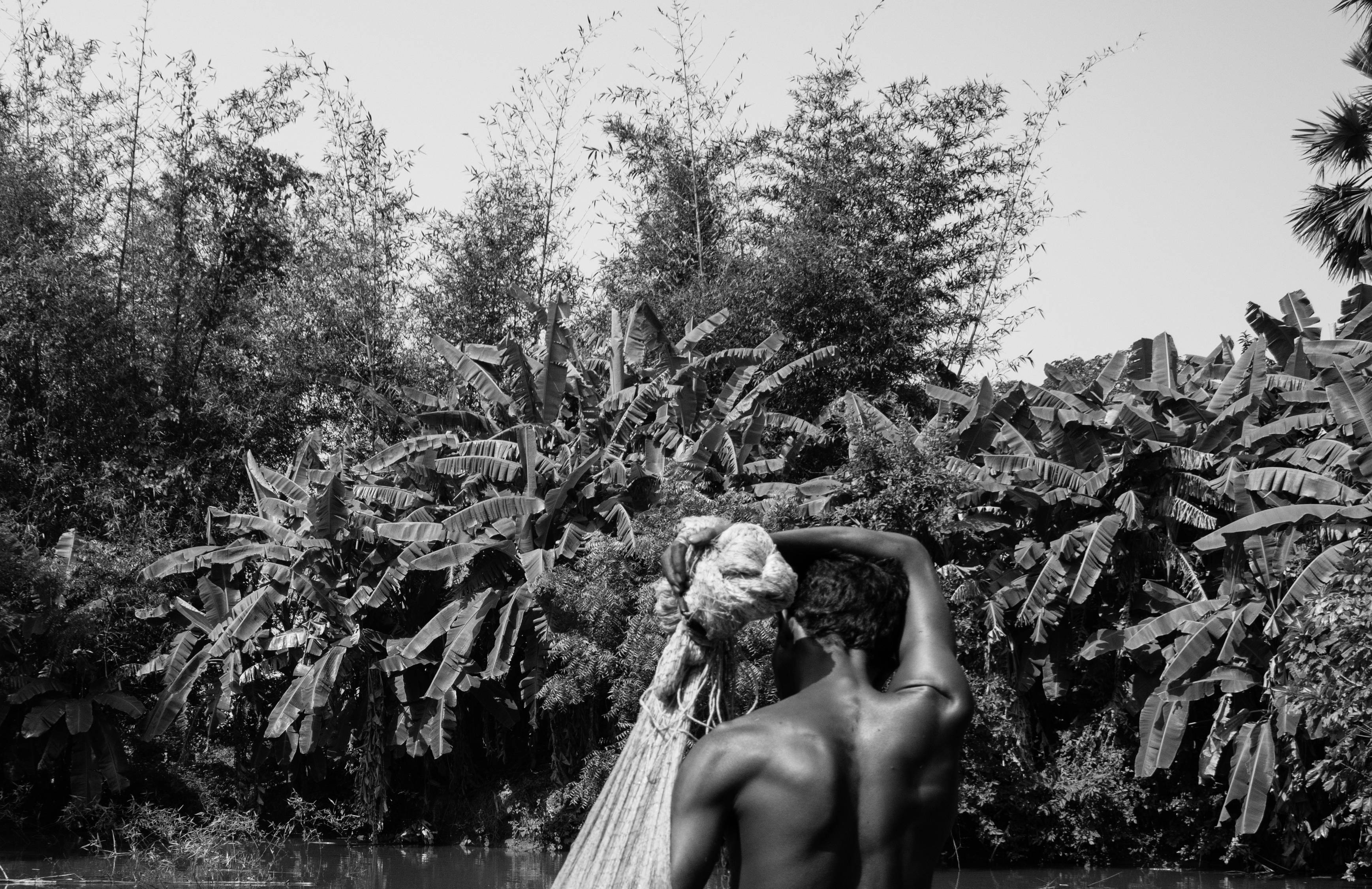The Forest-Dwelling Jungle People
The Birhor—which translates to “Jungle People”—are a forest-dwelling tribal community who represent the early stage of human life in the forest environment.
They live a semi-nomadic, hunter-gatherer lifestyle in the Indian state of Jharkhand.

What language do they speak?
The Birhors mostly speak Hindi, with some speaking the critically endangered Birhor language—which has similarities with Santali, Mundari and Ho languages.
 Team Countryroads films, Birhor - Tribes of Jharkhand
Team Countryroads films, Birhor - Tribes of Jharkhand
How big is their tribe?
Birhors number around 10,000 people in total, but many sources claim this number is much less, and steadily declining.
However, they roam the forest in much smaller bands of about 10-15 families (50 people). These groups are called Tanda.
 Team Countryroads films, Birhor - Tribes of Jharkhand
Team Countryroads films, Birhor - Tribes of Jharkhand
Do they live in one place?
Traditional Birhors are nomadic hunter and gatherers who travel throughout the forest following their food availability, and market areas used for trading.
How do they travel?
When they move their camps, they leave their old huts and build new ones in their new locations. They carry their sick, old and disabled relatives on large wooden mats; as well as baskets, mats, animals, birds and other personal belongings in woven baskets on their backs.
How far do they travel?
At times, they travel long distances throughout the forest and hills in search of forest-based foods and siali fibers—the raw materials they use to make ropes for selling.
They may return to a previous location after 2-3 years.
Do they live in villages?
More recently, some Birhors have settled into stable agricultural villages—this is mostly encouraged by government officials looking to colonize isolated tribes.
The wandering Birhors are called Uthlus, and the settled Birhors are called Janghis.
 Team Countryroads films, Birhor - Tribes of Jharkhand
Team Countryroads films, Birhor - Tribes of Jharkhand
What are their homes made of?
The Birhors live in small cone-shaped leaf-huts called Kumbha. They’re made mostly of saplings and dry branches covered with fresh sal leaves and siali creepers.
How big are their huts?
The Kumbha ground circumference is about 50 feet and the height at the center is five feet—though many are smaller.
Do their huts have windows and doors?
The huts are very temporary. They do not have any windows, but some do have a door, called a Badgir, which is similar to a 3x3 shutter made of twigs and leaves.
How long does it take to build their huts?
The Birhor are very skilled in construction, so their huts only take 2-3 hours to build, and it only takes 1-2 people to build each one.
They constantly maintain the fresh leaf roof to keep it weatherproof.
How do they protect their huts?
The Birhors build an earthen ridge around the outside of their huts to keep out water and reptiles—particularly snakes.
How many
Where do they set up their huts?
They set them up at the edge of village market areas (but still within the forest), where they sell hand-made goods to support their livelihood.
 Debjit Chakraborty, Shutterstock
Debjit Chakraborty, Shutterstock
How often do they move?
They typically stay in one area for the entire rainy season, but shift often in the winter and summer.
Do men and women live together?
Unmarried men and women do not live together. In fact, the leaf huts for bachelors are referred to as Dhugaa, and the huts for spinsters are referred to as Kudi Ada.
 Maximillian cabinet, Shutterstock
Maximillian cabinet, Shutterstock
Do families live together?
Yes. Families that consist of married men and women and their small children live in their own hut that they construct themselves.
 Team Countryroads films, Birhor - Tribes of Jharkhand
Team Countryroads films, Birhor - Tribes of Jharkhand
What other huts do they have?
In addition to their personal huts, the Birhor community construct one smaller kumbha for the accommodation of the spirit of ancestor of each lineage, as they believe their late ancestors live among them in spirit.
As well, a separate Kumbha is set up for expectant mothers and child birth.
What do they use their huts for?
The huts are primarily used for sleeping and storage, everything else is done outside the hut. During the rainy season, the kitchen is moved to the inside center of the hut—though it is very small.
How do they make money?
The Birhor depend largely on the village markets for their livelihood. Forest materials are collected from the to make ropes and baskets which are then sold at local markets.
How do they make ropes?
The Birhor people harvest a variety of fibers by chopping and stripping the bark of seasoned siali creepers. They have workshops outside their huts where they tear the fibers into different sized threads and then braid and twist them into ropes, slings, nets, bags, and baskets.
How often do they sell their items?
The Birhor visit a market weekly with the goods they made the previous week. Because of this, they spend a great deal of their time constructing goods to sell.
What else do they sell?
The Birhor tribe is known for their skill in catching monkeys and trapping of small birds and animals which they also sell locally for cash, or trade for clothing and building materials.
How do they catch monkeys?
The Birhors are expert monkey catchers. They use large hand-made nets to trap them, and, in primitive years they would eat the monkey meat and sell the skins to local skin traders—however, this has greatly declined due to recent wildlife conservation laws.
What else do they catch?
Birds and other small animals are hunted and caught using nets. The animals are then skinned and the tanned skin is used to make instruments, clothing, and shelter.
Do they have any pets?
The Birhors domesticate animals like goats, fowls, and dogs. They sometimes use these animals for trade and income, or for food when desperate.
What do they eat?
Rice is a staple food for the Birhor. They purchase rice from the market using their rope and basket sales. They also buy corn and millets in harvest season.
What do they gather?
They collect various types of green leaves, mushrooms and fruits such as Kendu, palm and mango from the forest for their own consumption. They dig out roots, tubers and collect honey.
 NITIKON AEMITTIPOL, Shutterstock
NITIKON AEMITTIPOL, Shutterstock
What do they hunt?
The forest wandering Birhors particularly hunt for monkeys, but they also trap rabbits and titirs (a small bird).
They’re often referred to as “monkey eaters” and are despised for doing so by other Indian groups.
What do they drink?
Aside from water, they occasionally make homemade liquor called mohuli. Women make the drinks and they are often consumed during ceremonial rituals.
What are their clothes made of?
The clothes of the Birhor like the neighboring tribes have coloured check pattern and are woven by local weavers. They acquire clothing and materials through trade and sales.
What do the men and women wear?
Birhor men wear small dhoti (kachha) or napkin (gamchha). Women wear handloom sarees (Sali) and decorate their bodies with tattoo marks. Children often remain unclothed, or use a narrow piece of cloth to cover their genitals.
Now-a-days, modern garments are more commonly seen, such as pants and t-shirts.
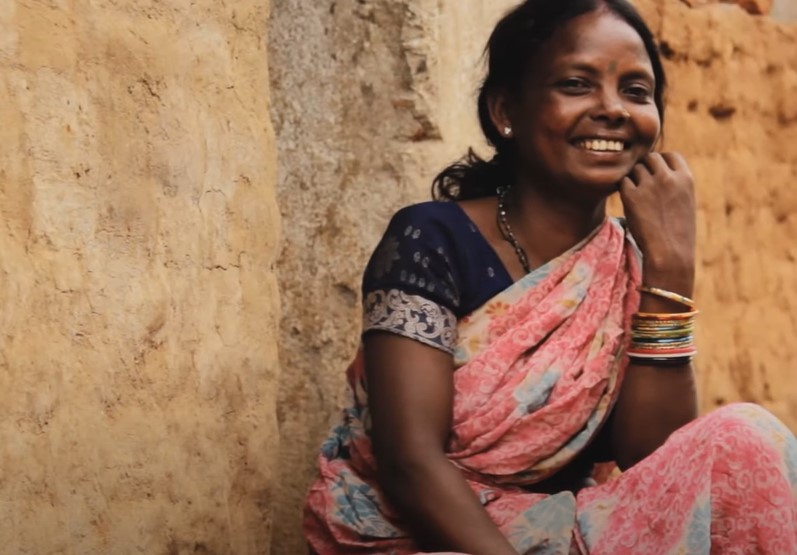 Team Countryroads films, Birhor - Tribes of Jharkhand
Team Countryroads films, Birhor - Tribes of Jharkhand
Do they wear any accessories?
The women adorn themselves with few ornaments, coin necklaces (madli), bangles (chuli), etc. made of glass, beads and cheap metal.
 Team Countryroads films, Birhor - Tribes of Jharkhand
Team Countryroads films, Birhor - Tribes of Jharkhand
How do they wear their hair?
Women typically fix a wooden or plastic comb, tree branches and flowers in their hair knot—especially during ritual ceremonies and festivals.
What are their beliefs?
The Birhor believe life as a continuous process from birth to death. After birth the life goes through successive phases, like infancy, adolescence, youth, marriage, family life, old age, and finally ends in death.
When do they get married?
A Birhor woman will reach the age of maturity once she goes through puberty—which is typically between the ages of 14-18.
Boys reach this stage around ages 20-25.
Do they marry within the tanda?
Yes, marriages within the Tanda (village) are permitted when the Tanda is made up of multiple clans, or different blood lines. Incestual unions are not permitted.
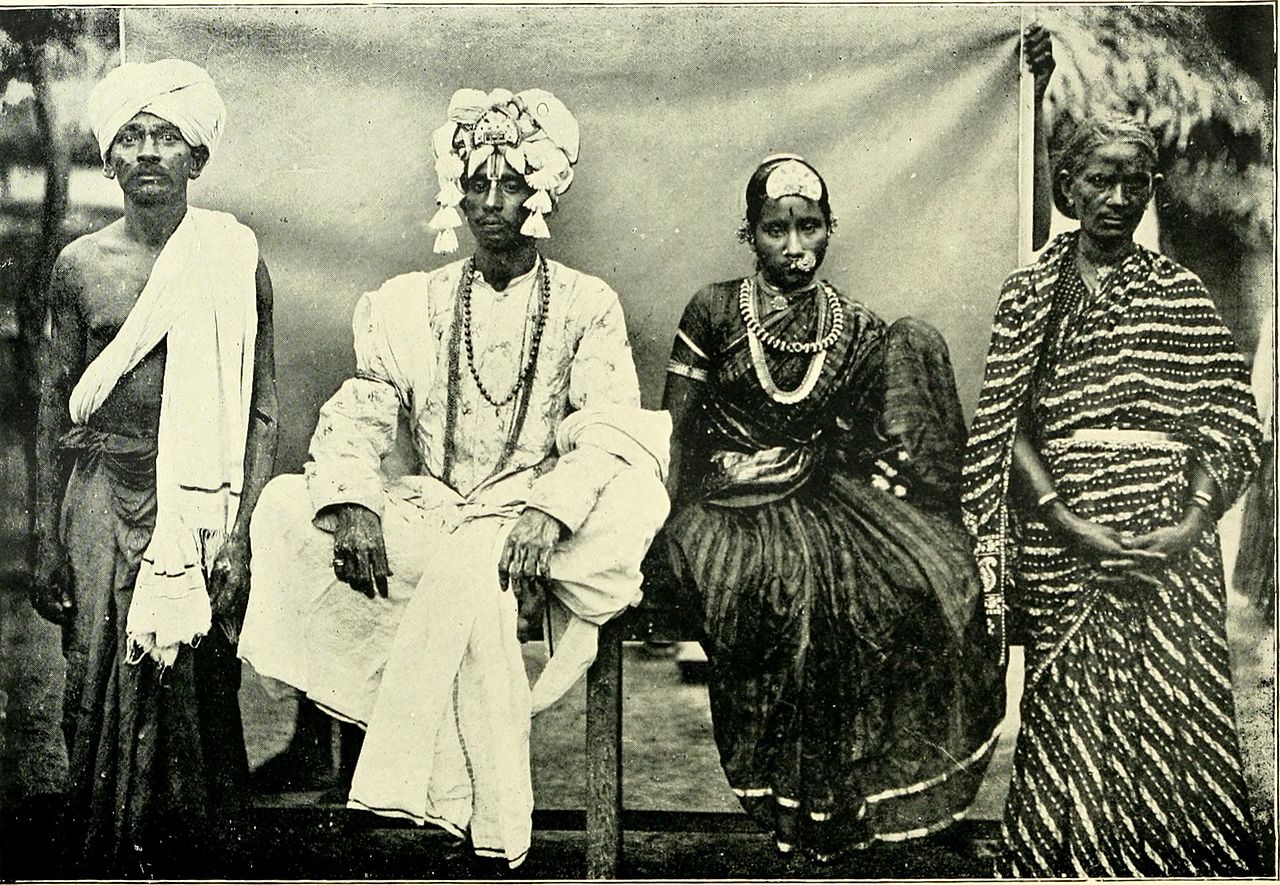 Internet Archive Book Images, Wikimedia Commons
Internet Archive Book Images, Wikimedia Commons
Are marriages arranged?
Arranged marriages are common, as well as marriage by exchange and service—meaning a man may be given a wife as exchange for something else.
 Shagil Kannur, CC BY-SA 4.0, Wikimedia Commons
Shagil Kannur, CC BY-SA 4.0, Wikimedia Commons
Is there a dowry?
Yes. Birhor people depend on dowries in all regular and arranged marriages. The man will pay a price to the bride’s family, which usually consists of cash or three pieces of clothing.
 Team Countryroads films, Birhor - Tribes of Jharkhand
Team Countryroads films, Birhor - Tribes of Jharkhand
What is the wedding like?
During the wedding, the ceremony consists of the groom smearing vermilion on the bride’s forehead, while musical instruments are played and people dance and sing.
 Santhosh Varghese, Shutterstock
Santhosh Varghese, Shutterstock
Do they have a reception?
After the wedding ceremony, the groom’s family hosts a large feast for the bride and groom and their wedding party. It is a very colorful event filled with more music and dancing.
Do they believe in divorce?
Yes. The Birhor people allow divorce and remarriages for divorcees and widows/widowers.
 Team Countryroads films, Birhor - Tribes of Jharkhand
Team Countryroads films, Birhor - Tribes of Jharkhand
What happens when a spouse passes?
When a man passes, his wife may be given to his brother. And when a wife passes, the husband may take his wife’s sister as his new wife.
 Team Countryroads films, Birhor - Tribes of Jharkhand
Team Countryroads films, Birhor - Tribes of Jharkhand
What do they do upon the demise of a tribe member?
After a premature or unnatural demise, it is assumed the person was subjected to evil spirits or sorcerers. The body is then buried in a trench with the position of the head in the southwest position.
Pollution is observed for 10 days.
What happens after 10 days?
On the 10th day, the Dehuri (priest) conducts purificatory rites and sprinkles cow dung mix water all over the Tanda and over the lineage members. A feast is had and the spirit begins influencing the fate of the living relatives.
What is their social structure like?
Men and women are mostly treated equally, with men doing a bit more of the grunt work like hunting and building and women doing more of the lighter tasks, like housekeeping and cooking.
 Team Countryroads films, Birhor - Tribes of Jharkhand
Team Countryroads films, Birhor - Tribes of Jharkhand
What are children responsible for?
Children are fairly relaxed. While they are encouraged to learn their respective gender roles, they are also allowed to play freely and spend time with elders.
 Team Countryroads films, Birhor - Tribes of Jharkhand
Team Countryroads films, Birhor - Tribes of Jharkhand
How do they treat pregnancy?
During pregnancy a woman is not allowed to continue to work or prepare food, and there are foods she is forbidden to eat.
Can a pregnant women attend funerals?
A pregnant woman must rest more than she is active, and is not permitted to go near any bodies of those who have passed, or the funeral or shrine of a late tribe member.
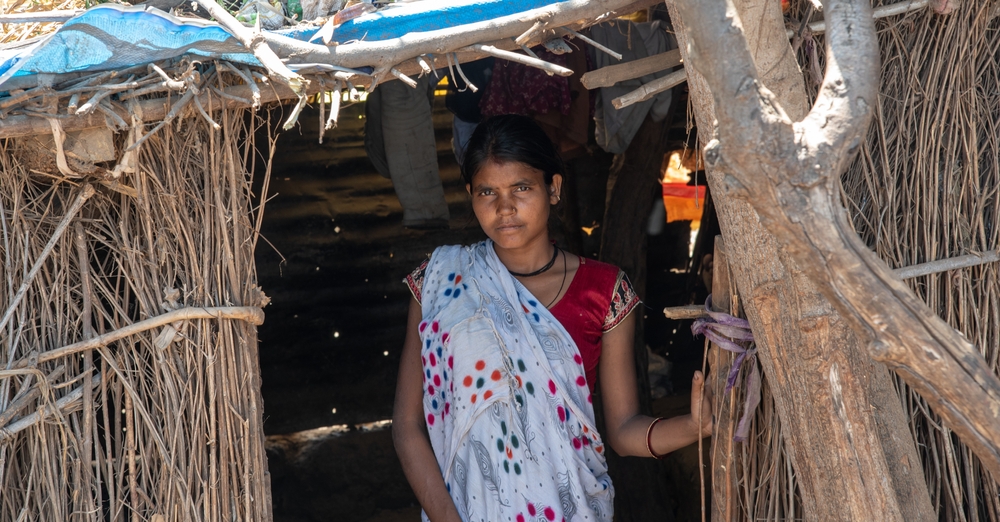 Parikh Mahendra N, Shutterstock
Parikh Mahendra N, Shutterstock
What do they believe will harm an unborn baby?
A pregnant woman must also completely cover her body when she is around others to ward off other’s evil eye, which may cause harm to the unborn child.
What happens upon childbirth?
The child birth takes place in a separate hut, and a midwife stays in attendance the entire time. After the baby is born the entire tanda (village) is considered “polluted” for 7 days, and the family is considered polluted for 21 days.
 Team Countryroads films, Birhor - Tribes of Jharkhand
Team Countryroads films, Birhor - Tribes of Jharkhand
Are babies celebrated?
Yes. In the Birhor community a baby is celebrated and treated as a miracle. Both genders are seen as equal and are equally as celebrated.
 Team Countryroads films, Birhor - Tribes of Jharkhand
Team Countryroads films, Birhor - Tribes of Jharkhand
Do they practice religion?
The Birhors believe in animism. Their faith and worship revolve around nature. They classify their deities
into two groups, the benevolent group—who bestow progress and prosperity, and the malevolent ones—who cause trouble, illness and death.
They worship the Sun God as their Supreme deity.
 Team Countryroads films, Birhor - Tribes of Jharkhand
Team Countryroads films, Birhor - Tribes of Jharkhand
Do they practice rituals?
The majority of the Birhor’s rituals include song and dance. In fact, they regularly perform musical arts for fun as well with instruments they have made themselves.
What is the future like for the Birhor people?
Currently, the Birhor people have increased their population as more of them return to their traditional forest-dwelling lifestyle.
However, the Indian government has attempted colonization by setting up various developments and villages, enticing the Birhor people with schools and medical supplies—in which many of them have willingly accepted.
 Team Countryroads films, Birhor - Tribes of Jharkhand
Team Countryroads films, Birhor - Tribes of Jharkhand










